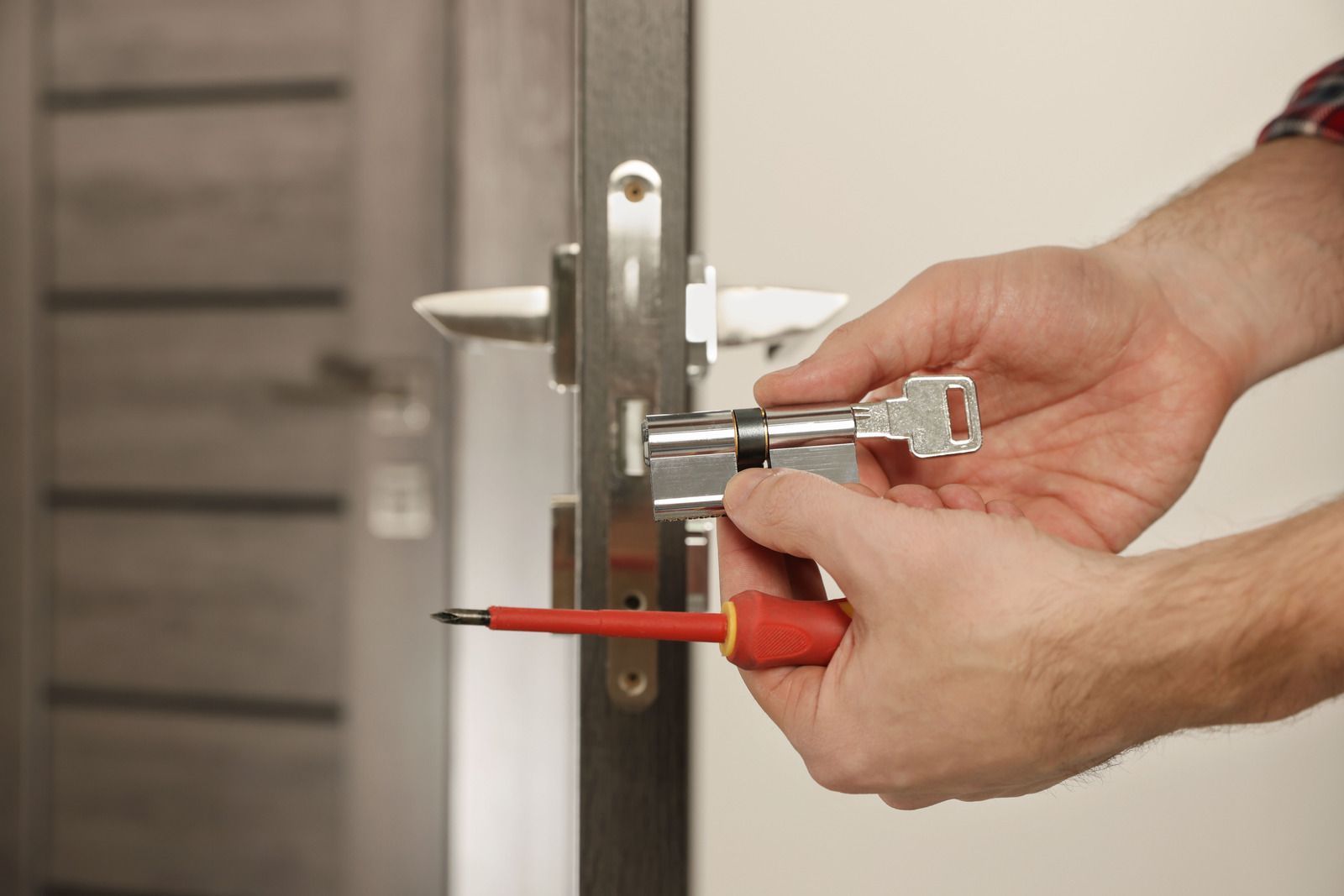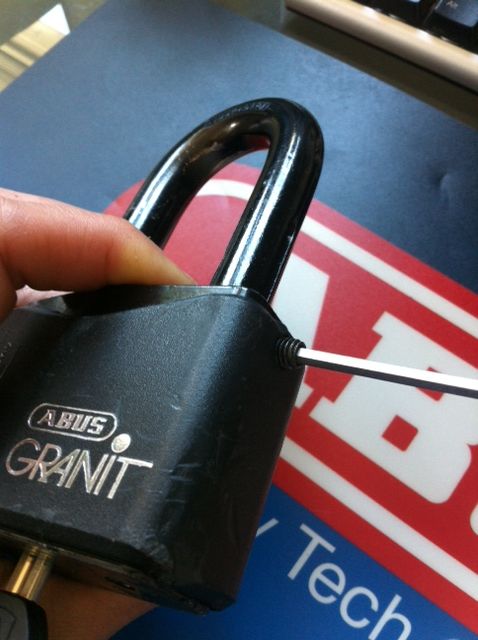Blog

By smslocksmiths
•
February 18, 2025
At some point, most people will need a locksmith , whether to regain entry, upgrade security, or replace a damaged lock. But how much should you expect to pay for professional locksmith services in London? Here, we break down the key factors influencing locksmith costs and typical price ranges. What Affects Locksmith Pricing? Several factors determine the cost of hiring a locksmith, including: Location – Prices in London tend to be higher due to travel time, congestion charges, and parking fees. Type of Service – Emergency lockouts tend to be cheaper than full lock replacements or high-security installations. Parts & Materials – Some jobs require additional hardware, increasing the overall cost. Type of Lock – High-security locks take longer to work on and cost more to replace. Time of Day – Late-night or emergency locksmith services cost more than standard daytime callouts. Typical Locksmith Prices in London Here’s a general guide to what you can expect to pay for common locksmith services in London: Lock Change: £85 - £150 (standard locks), £120+ (high-security locks) Lock Repair: £69 - £120 (depending on lock type) Emergency Lockout: £70 - £150 (varies based on time of day and lock type) Key Extraction: £90+ (if the key is stuck or broken in the lock) New Lock Installation: £100 - £200 (including parts and labour) Emergency Boarding Up: £200+ (for break-in damage protection) Note: Prices are estimates and can vary depending on the locksmith and specific job requirements. Emergency Locksmith Costs Need help fast? Emergency locksmiths typically charge higher rates for out-of-hours services (evenings, weekends, and holidays). Expect: Call-out fees: £50 £70 - £150 (varies by company) Out-of-hours rate: Can be double the normal hourly charge Priority service: Faster response times often mean a higher price tag For the best deal, compare quotes from local locksmiths and check whether a call-out charge applies before booking. How to Save on Locksmith Services Use a Local Locksmith – Choosing a locksmith near you reduces travel-related costs. Compare Quotes – Get at least three quotes to find the best price for the service you need. Be Clear About Your Issue – Providing full details helps locksmiths give an accurate quote upfront. Avoid Out-of-Hours Calls – If possible, schedule non-urgent services during regular hours. For affordable, reliable, and fast locksmith services in London , Tooting Locksmiths is here to help. Contact us today for a free quote .

By smslocksmiths
•
February 18, 2025
A faulty lock can leave your home or business vulnerable to break-ins. Here are five signs that indicate it’s time to replace your lock. 1. Difficulty Turning the Key If you struggle to turn your key in the lock, it may be worn out or misaligned, increasing the risk of failure. 2. The Lock Feels Loose A loose or wobbly lock can indicate internal damage or a security risk. It should be replaced before it fails completely. 3. Rust or Corrosion Visible rust or corrosion weakens the lock and makes it easier to break. If your lock is showing signs of deterioration, consider a replacement. 4. Key Keeps Getting Stuck or Breaking If your key frequently gets stuck or has broken inside the lock, it’s a clear sign of internal damage . 5. You've Had a Break-In Attempt If your home or business has been tampered with , even unsuccessfully, replacing the lock ensures better security. At Tooting Locksmiths , we provide high-security lock replacements for homes, businesses, and post boxes. Upgrade your security today!

By smslocksmiths
•
February 18, 2025
Losing access to your post box can be inconvenient, especially if you have important mail inside. Here’s how to regain entry safely. Common Reasons for Post Box Lockouts: Lost or Stolen Keys Damaged or Rusted Lock Broken Key Inside the Lock Tampering or Vandalism How to Open a Post Box Lock: Check for a Spare Key – If you have a duplicate, try using it first. Use a Lubricant – Spray WD-40 into the lock to loosen stuck mechanisms. Try a Lock Pick or Bypass Tool – If you have experience, you may be able to pick the lock. Contact a Locksmith – The safest and quickest solution is to call a professional locksmith who can open the lock without causing damage. At Tooting Locksmiths , we specialise in post box lock opening and replacement. If you’re locked out of your post box, our experts can quickly regain access and provide a new lock installation if needed.

By smslocksmiths
•
February 18, 2025
If your key keeps turning in the lock without engaging the mechanism, you may have a faulty lock. Here’s what might be causing it and how to fix it. Possible Causes: Broken Lock Cylinder – The internal components may be damaged or misaligned. Worn-Out Lock – Over time, locks deteriorate due to frequent use. Detached Cam or Tailpiece – The connection inside the lock may be loose or broken. Key Damage – A bent or worn-out key might not engage the mechanism correctly. What You Can Do: Try Another Key: If you have a spare, test it in the lock to rule out key damage. Lubricate the Lock: Spray a silicone-based lubricant inside the keyhole to improve movement. Check for Loose Screws: If the lock feels wobbly, tighten the screws on the door plate. Call a Professional: If the issue persists, a locksmith can repair or replace the lock to restore security. Ignoring a faulty lock can put your property at risk. Tooting Locksmiths provides expert lock repairs and replacements across London.

By smslocksmiths
•
February 18, 2025
Finding glue in your lock can be frustrating, especially if it prevents you from using your key. Whether it’s the result of vandalism or an accident, removing glue from a lock requires patience and the right approach. Step 1: Assess the Damage Examine the lock to determine how much glue has been applied. If it’s only a small amount, you may be able to clean it yourself. Step 2: Use a Lubricant or Solvent Apply a lubricant like WD-40 or a solvent such as acetone (nail polish remover) to break down the glue. Insert the straw nozzle into the keyhole and let it sit for a few minutes. Step 3: Remove the Glue Try using a thin wire, needle, or toothpick to gently pick out softened glue. Avoid damaging the internal mechanism. Step 4: Use Compressed Air A can of compressed air can help blow out loose debris from the lock. Step 5: Call a Locksmith If the lock is completely jammed, the safest option is to contact a professional locksmith . DIY attempts can damage the lock further. If your lock has been tampered with, consider replacing it to ensure security. Tooting Locksmiths offers reliable lock replacements and emergency lockout services.
Send us a message now, it's free and we can provide an accurate quote in writing based on the images sent.

Send us a message now, it's free and we can provide an accurate quote in writing based on the images sent.

Send us a message now. It's free and we can provide an accurate quote in writing based on the images sent.

About us
Our Locksmiths are online 24/7 via message, email or call to assist you in booking, quotes and security advice. Just send us a text via Whatsapp, which is free over Wifi, and we'll get back to you in minutes with a quote for all your emergency needs!
Quick links
Navigation

© 2025
All Rights Reserved | SMS Warehouses Ltd